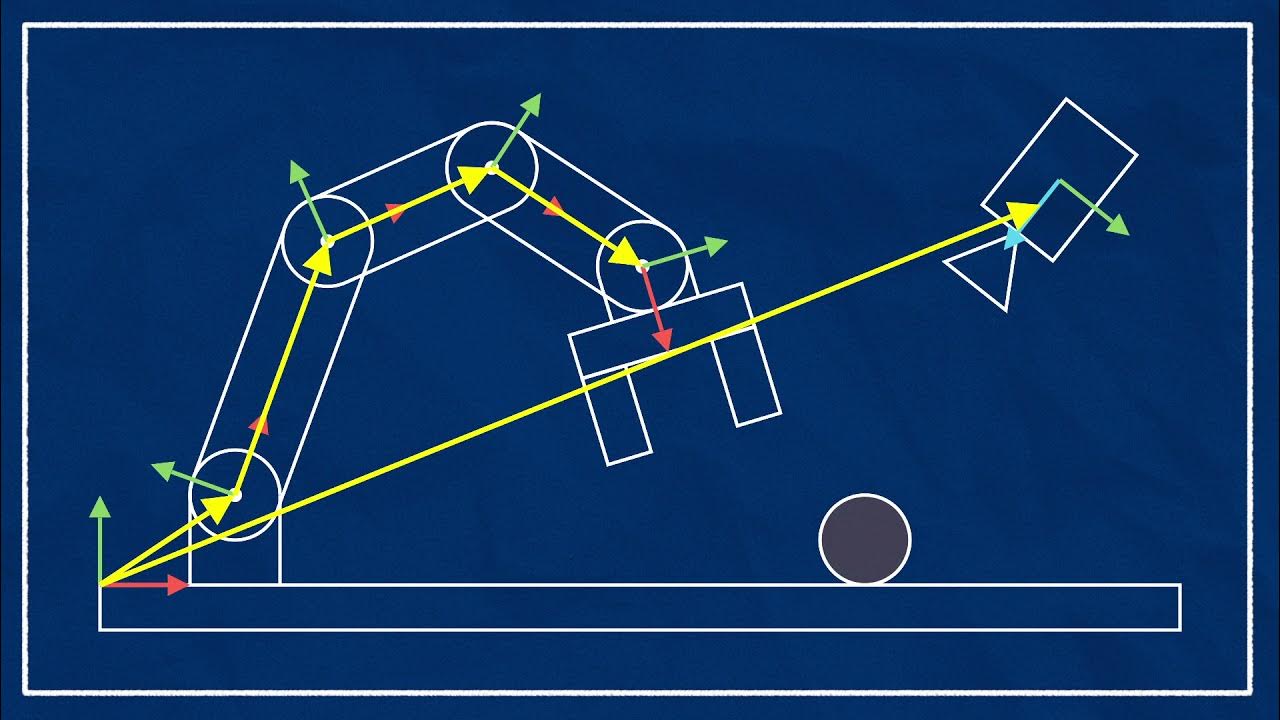L-1.5: Common bus system using multiplexer | Computer organization and Architecture
Summary
TLDRIn this video, we explore how registers communicate with each other using a common bus architecture. Registers such as the program counter, accumulator, and data registers transfer data through multiplexers that select one register's data at a time. The video explains how the multiplexer works with control signals to load data onto the bus and transfer it to other registers or components. Key concepts such as the number of multiplexers required and how they are controlled are also discussed, providing a clear understanding of how data flows within a computer system.
Takeaways
- 😀 Registers like the program counter, accumulator, input/output registers, and data registers are essential for executing programs in a computer system.
- 😀 A **common bus architecture** is used to facilitate communication between registers, allowing data to be transferred to other components like the ALU or memory.
- 😀 **Multiplexers** are used to select and send data from one register to the bus based on control signals from the select lines (S0 and S1).
- 😀 Each multiplexer in the system typically has 4 inputs, with 2 select lines (S0 and S1) determining which register's data is loaded onto the bus.
- 😀 For example, when select lines are set to **00**, the data from register A is loaded onto the bus.
- 😀 A **load signal** is used to activate a specific register, allowing it to receive data from the bus based on control instructions.
- 😀 Registers communicate with each other by loading data onto the bus and transferring it to other registers or components using the bus system.
- 😀 In a typical setup with 4 registers and 4-bit data, there would be 4 multiplexers, each selecting one bit from a register for transfer.
- 😀 The number of multiplexers needed equals the number of bits in the register, e.g., 8 multiplexers for 8-bit registers.
- 😀 The number of inputs in each multiplexer equals the number of registers in the system. For 4 registers, each multiplexer would have 4 inputs.
- 😀 To load data from one register to another, the select lines choose the data, and the load signal activates the target register to store the data.
- 😀 This bus-based system helps registers interact with each other in a streamlined way, supporting efficient data flow in computer systems.
Q & A
What is the purpose of registers in a computer system?
-Registers are used to temporarily store data and instructions during the execution of programs. They are crucial for fast data retrieval and manipulation within the CPU.
What role does the common bus play in a computer system?
-The common bus allows different devices and registers in the computer to communicate with each other by transferring data between them. It acts as a shared communication path.
How do multiplexers help in the communication between registers?
-Multiplexers are used to select which register’s data is sent to the common bus. A 4-to-1 multiplexer, for example, selects one of four inputs based on the values of the select lines.
How many inputs does a 4-to-1 multiplexer have?
-A 4-to-1 multiplexer has four inputs and one output. The inputs are selected based on the values of the select lines (S1 and S0).
What happens when the select lines (S1, S0) are set to 00 in the multiplexer?
-When S1 and S0 are set to 00, the multiplexer selects the 0th input, which corresponds to the data of register A in the example provided.
What is the significance of control signals in the register communication process?
-Control signals, such as the 'load' signal, activate specific registers to load data from the bus. The control unit uses these signals to ensure that the correct data is transferred to the right register.
How do select lines determine which register's data is loaded onto the bus?
-The select lines (S1 and S0) determine which register’s data is chosen by selecting the corresponding input in the multiplexer. Different combinations of S1 and S0 map to different registers (A, B, C, or D).
What happens when the select lines (S1, S0) are set to 11?
-When S1 and S0 are set to 11, the multiplexer selects the data from register D, and that data is placed onto the bus.
How many multiplexers are required if each register has 16 bits?
-If each register has 16 bits, 16 multiplexers are required, as each multiplexer will select one bit from each register.
What is the number of inputs required for a multiplexer when dealing with four registers?
-The number of inputs for a multiplexer is equal to the number of registers. In the case of four registers, each multiplexer will have four inputs (one for each register's bit).
Outlines

This section is available to paid users only. Please upgrade to access this part.
Upgrade NowMindmap

This section is available to paid users only. Please upgrade to access this part.
Upgrade NowKeywords

This section is available to paid users only. Please upgrade to access this part.
Upgrade NowHighlights

This section is available to paid users only. Please upgrade to access this part.
Upgrade NowTranscripts

This section is available to paid users only. Please upgrade to access this part.
Upgrade NowBrowse More Related Video

Von Neumann vs Harvard Architecture: Understanding the Key Differences

Microprocessors|General architecture of a Computer|Bca/Bsc.cs ,electronics,instrumentation, printing

CH01_VID06_Buses

The ROS Transform System (TF) | Getting Ready to Build Robots with ROS #6

Jaringan Topologi Tree 4/25

Concept of Bus ll Data bus ll Address bus ll Control bus ll Computer organisation and architecture
5.0 / 5 (0 votes)